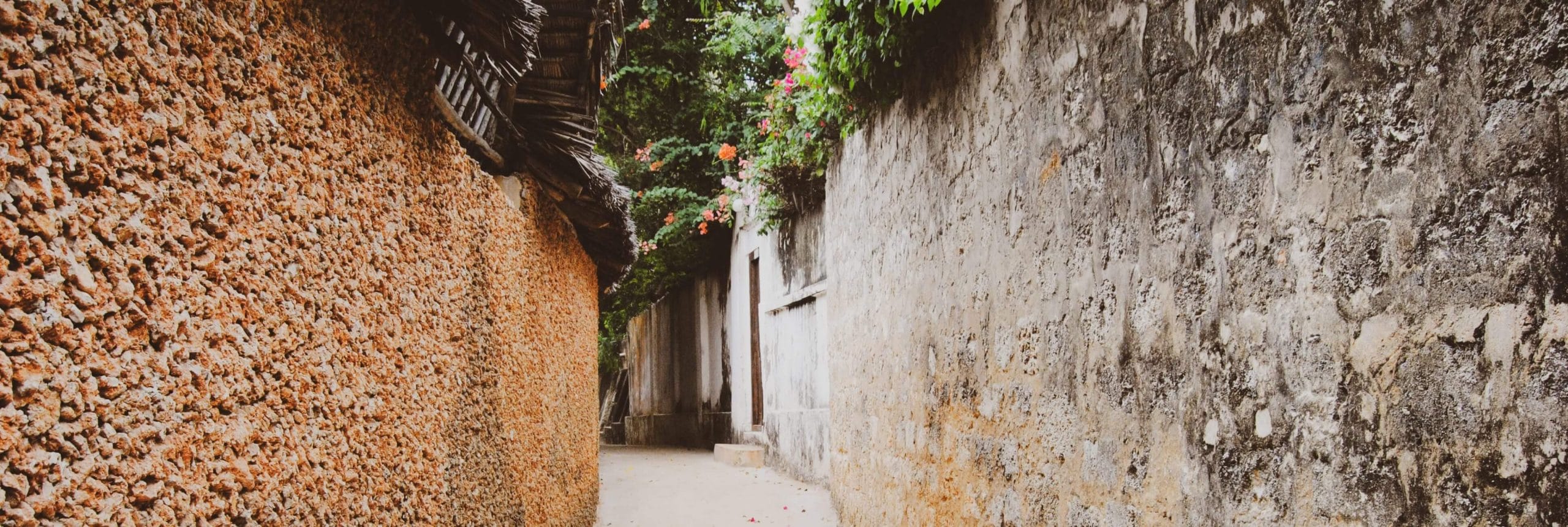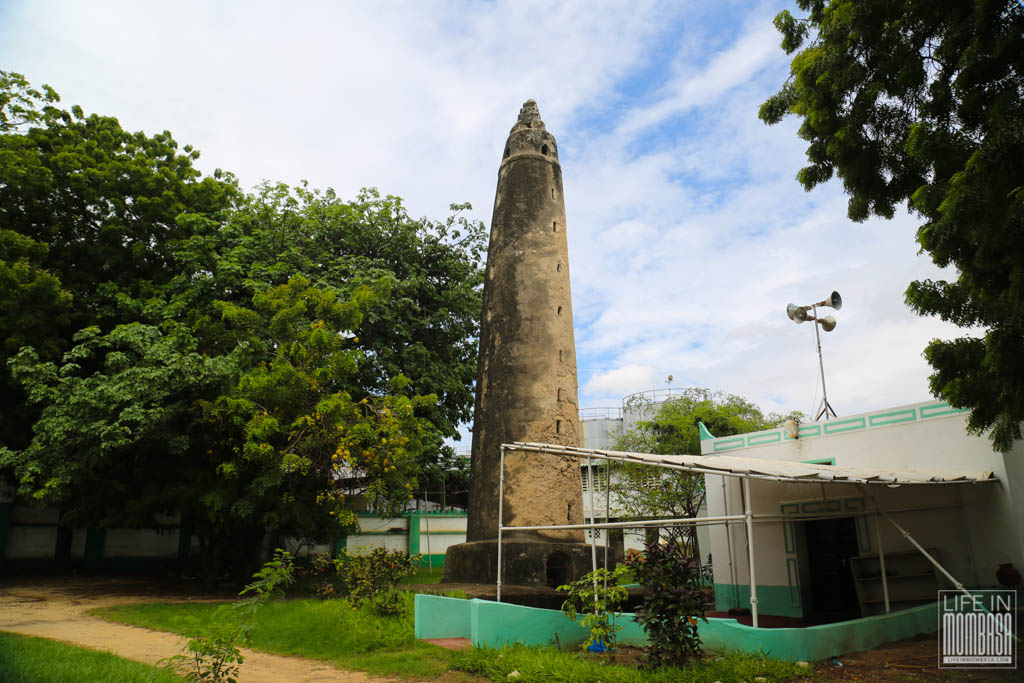
"Preserving the Past: Kwale's UNESCO World Heritage Sites" takes readers on a captivating journey through Kwale's historical treasures, recognized by UNESCO for their cultural significance. The blog explores Lamu Old Town, a timeless showcase of Swahili architecture, and delves into the solemn echoes of Shimoni Caves, remnants of the region's dark history tied to the slave trade. Mbaraki Pillar Tombs reveal ancient mausoleums that offer insights into past cultural practices, while Kaya Kinondo Sacred Forest stands as a spiritual sanctuary for the Mijikenda people. The exploration extends to Fort Jesus in Mombasa, a coastal fortification with a pivotal role in East African trade. Through this narrative, the blog emphasizes the importance of preserving Kwale's past, ensuring that these UNESCO World Heritage Sites remain a living testament to the region's rich history and cultural heritage.
Introduction:
In the heart of Kenya’s coastal beauty lies Kwale, a region that not only captivates with its sun-soaked beaches but also preserves a rich tapestry of history. This blog invites you to embark on a journey through Kwale’s UNESCO World Heritage Sites, where architectural marvels, cultural heritage, and ongoing preservation efforts converge to create a living testament to the region’s storied past.
- Lamu Old Town: A Timeless Legacy: Begin your exploration with Lamu Old Town, a UNESCO World Heritage Site that transports visitors to a bygone era. Wander through narrow alleyways lined with intricately carved doors and coral stone houses, immersing yourself in the Swahili architecture that has stood the test of time.

- Shimoni Caves: Echoes of the Slave Trade: Delve into the historical significance of Shimoni Caves, remnants of the dark chapter in Kwale’s past associated with the slave trade. These caves, once used as holding chambers for enslaved individuals, stand as solemn witnesses to the resilience of those who suffered and the importance of remembrance.

- Mbaraki Pillar Tombs: Ancient Mausoleums: Uncover the mysteries of Mbaraki Pillar Tombs, ancient mausoleums that dot the landscape of Kwale. These intricately designed structures, with their distinctive pillars, serve as burial sites for prominent individuals, offering insights into the cultural practices of bygone eras.

- Kaya Kinondo Sacred Forest: Ancestral Sanctuary: Immerse yourself in the spiritual ambiance of Kaya Kinondo, a sacred forest and UNESCO World Heritage Site. This pristine environment holds great cultural significance for the Mijikenda people, featuring ancient trees, traditional shrines, and a connection to the spiritual heritage of Kwale.

- Fort Jesus in Mombasa: Coastal Fortifications: Extend your historical journey to nearby Mombasa to explore Fort Jesus, a UNESCO-listed site that has guarded the coast for centuries. This imposing fort bears witness to the region’s maritime history, with its strategic location playing a crucial role in East African trade and colonial endeavors.

Conclusion:
Kwale’s UNESCO World Heritage Sites weave a narrative of resilience, cultural richness, and historical significance. From the timeless allure of Lamu Old Town to the solemn echoes of the Shimoni Caves, each site tells a unique story of Kwale’s past. As preservation efforts continue, these architectural marvels and cultural treasures stand as a testament to the importance of safeguarding our shared heritage. Embark on a journey through Kwale’s history, where the past is not only remembered but celebrated, ensuring that the legacy endures for generations to come

